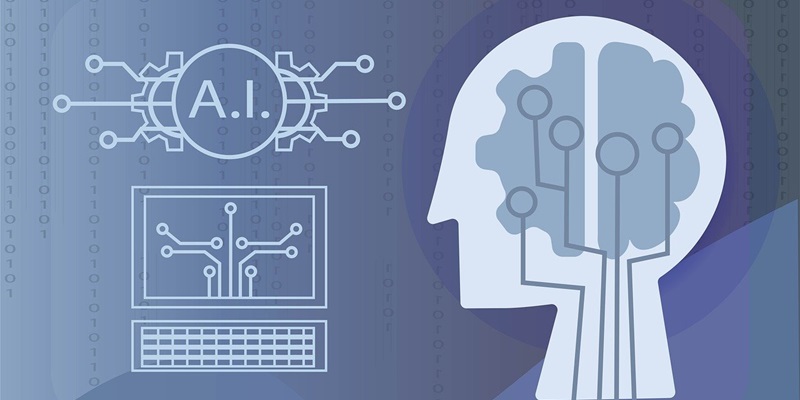The integration of artificial intelligence (AI) into edge devices has opened the door to a new realm of possibilities and opportunities. From personalized health insights to preventative industrial maintenance, on-device AI offers immense potential in enhancing utility and usability in our daily lives. However, realizing this potential hinges on overcoming the challenges inhibiting its widespread adoption. This article explores the key challenges faced in bringing AI to the edge and discusses solutions to empower teams, leverage efficient neural network architectures, and unlock the full potential of on-device AI.
Communication and Knowledge Sharing between Teams
In the realm of AI implementation, bridging the gap between diverse fields is crucial. Bringing teams from different domains together and fostering effective communication is the first challenge. Without cohesive collaboration, harnessing the power of on-device AI becomes a formidable task. By encouraging interdisciplinary knowledge sharing and facilitating seamless team communication, organizations can work towards shared goals and leverage the full potential of AI.
Dealing with Complex Datasets
The massive amount of data generated and processed through edge devices poses a significant challenge. Many companies struggle with managing and utilizing vast datasets effectively. The ability to extract actionable insights from complex datasets is essential for successful AI implementation. Employing efficient dataset management techniques is paramount to derive meaningful value from the data and enable accurate decision-making processes.
Utilizing Efficient Neural Network Architectures and Compression Techniques
Selecting optimal neural network architectures plays a pivotal role in improving AI performance. Efficient architectures help in achieving faster processing times and minimizing computational requirements, making them well-suited for on-device AI. Additionally, compression techniques like quantization allow for reduced precision without significantly sacrificing accuracy. These methods ensure efficient resource utilization without compromising the reliability of AI models.
Empowering Engineers to Validate and Verify Models with Edge Impulse
Edge Impulse aims to empower engineers by enabling them to validate and verify models themselves before deployment. By offering common ML evaluation metrics and tools, engineers can assess model performance, ensuring reliability and accelerating time-to-value. This approach not only enhances confidence in the AI models but also streamlines the development process allowing for faster iterations and improvements.
Examples of Edge Intelligence in Action
Exciting products are already leveraging edge intelligence to provide personalized health insights without relying on the cloud. Take, for instance, sleep tracking with devices like the Oura Ring. By analyzing sleep patterns and providing actionable recommendations directly on the device, users can improve their sleep quality without the need for constant connectivity to the cloud. Similarly, anomaly detection on production lines allows for the early identification of maintenance needs, preventing costly downtimes and optimizing industrial processes.
The Massive Potential of On-Device AI
On-device AI holds massive potential to transform our lives. By interpreting sensor inputs, edge devices can provide actionable suggestions and responsive experiences, surpassing their role as mere data collectors. This paradigm shift enables technology to become more useful and improves the overall quality of life. Imagine a world where the devices we interact with daily truly enhance our lives, making them easier, more enjoyable, and more efficient.
Overcoming Current Obstacles for AI Adoption on Edge Devices
Unlocking the potential of AI on edge devices requires addressing the current obstacles inhibiting its adoption. These obstacles may include limited computational resources, security concerns, and the need for interoperability across devices and platforms. By investing in research and development, fostering collaborations across industries, and implementing robust security measures, organizations can drive the widespread adoption of on-device AI.
As technology progresses, the integration of AI into edge devices proves to be a game-changer. The ability to harness the power of on-device AI depends on overcoming communication barriers, effectively managing complex datasets, leveraging efficient neural network architectures and compression techniques, empowering engineers through tools like Edge Impulse, and realizing the immense potential of edge intelligence. By surmounting the challenges inhibiting AI adoption on edge devices, we move closer to a world where technology truly enhances our daily lives, making it more useful, personalized, and impactful.

